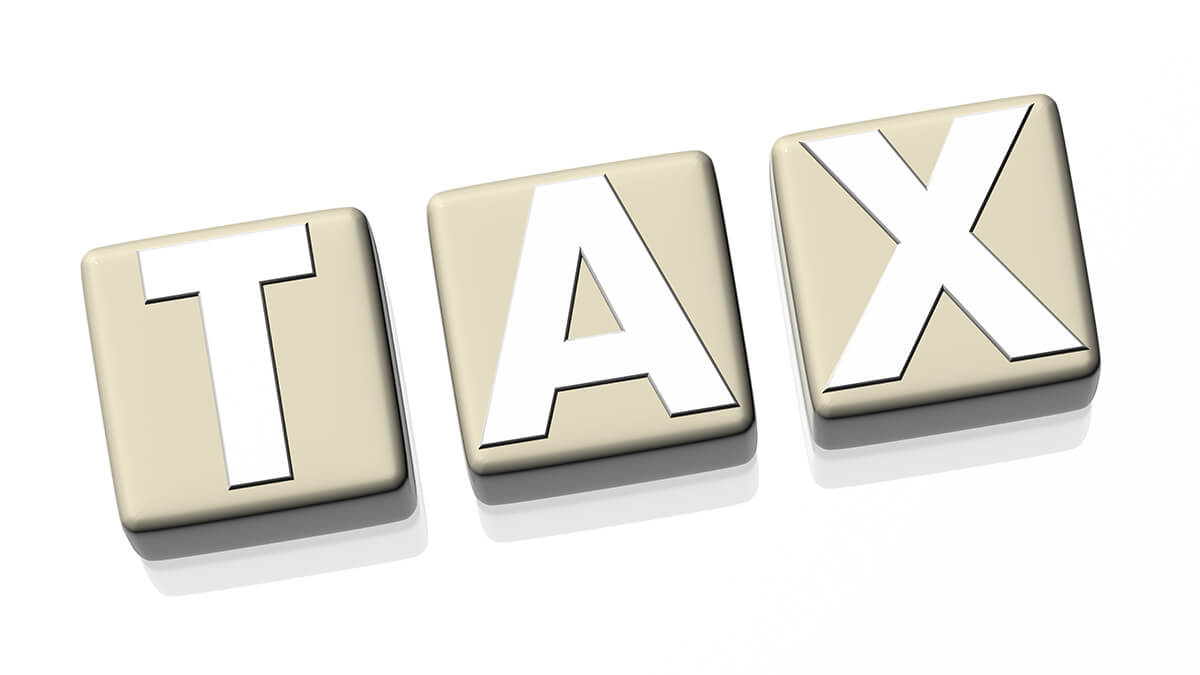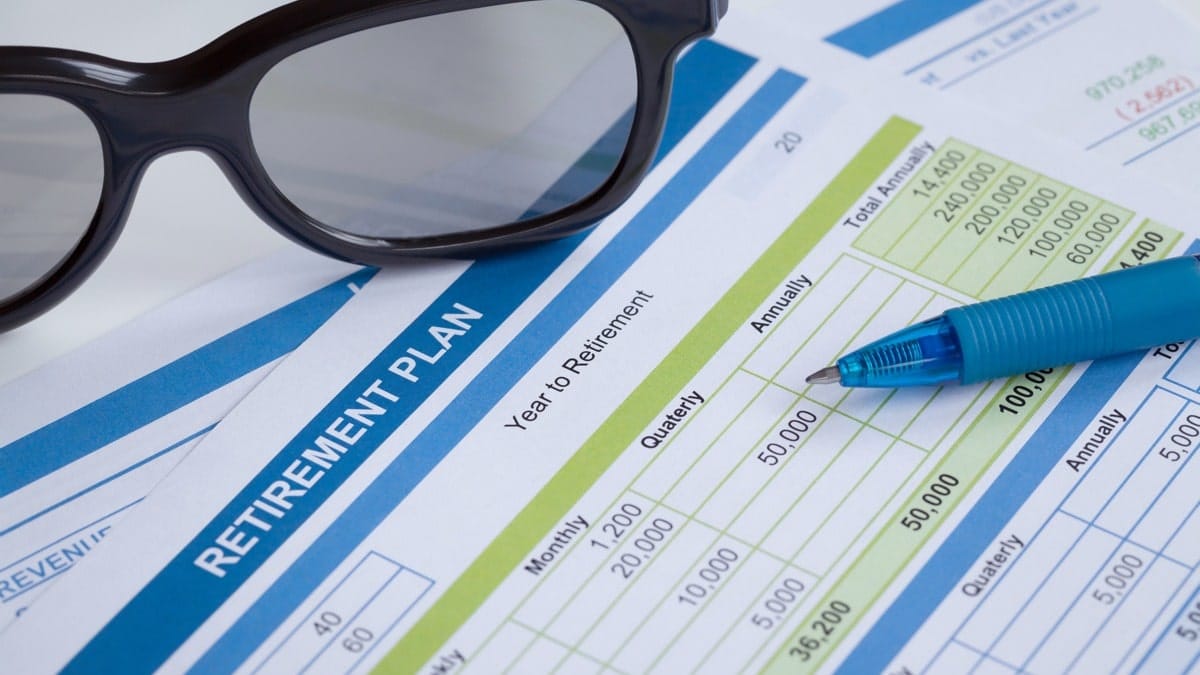With a bit of luck, during your working life you will accumulate a tidy sum in super. When the time to retire arrives, those savings will help support you through your non-working years.
While you’ve had a long time to practice saving, converting those savings into retirement income is something you may only do once and it can be daunting. SuperGuide has put together this explainer to help you understand your options.
Note that if you are a member of a defined benefit fund your options at retirement may be different.
What are my options?
For super purposes, retirement means meeting a retirement condition of release. Once you do, there are no ‘cashing restrictions’ which means you can access any amount of your super in any way you choose.
The relevant conditions of release are retirement and reaching age 65. You can get your hands on all your super:
- When you turn 65 – including if you’re still working or have never worked
- When you’re at least 60 and have permanently retired from work, or
- When you leave a job after your 60th birthday – including if you’re returning to work.
Once you meet a retirement condition of release, there are four options available to you for your accumulated super balance. You can:
- Convert your super into a pension (also called a retirement income stream)
- Cash a lump sum
- Leave super in the accumulation phase (such as in your current super account)
- Combine two or all three above options.
Pensions
Plan your retirement (without a financial adviser)
- Step-by-step guides help you plan and take action
- Simple changes can make a big difference to your super balance
- Calculators, case studies and Q&As give you greater confidence
- Make sure your super is performing and lasts longer























